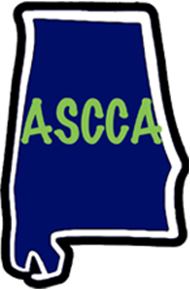June 30 is a very special semi-holiday known as AMC Awareness Day! But you knew that, right? Of course you knew that. On that day, people across the world post pictures of themselves in blue to show support for my disability, right?
Okay, I’m being sarcastic. There are indeed many people that wore blue, some for AMC, but I know there’s a lot more who have no idea what I’m talking about. And that’s perfectly okay! It’s impossible to know about every disability and how to best show your support. But as someone with AMC, I can’t help but try to let as many more people as possible know what it is. So prepare yourself, reader, to become a more educated person!
AMC stands for Arthrogryposis Multiplex Congenita, which essentially means “born with curved joints” in Greek. So that part is pretty self explanatory: people with AMC have curved joints. But because AMC isn’t really diagnosis in itself, it’s more like a group of symptoms that can be caused by something else, there are a lot of different types of Arthrogryposis. The type I have, Amyoplasia, is the most common with about one in 10,000 live births. For any type of AMC overall, about one in 3,000 live births have it.
Since Amyoplasia is a condition I’ve lived with all my life, I’m going to focus on that for this article. I’d really hate to give out any misinformation about another type, and sometimes no amount of internet research can keep that from happening. So with the basic idea of Arthrogryposis in your head, here are a few facts about Amyoplasia that I feel are important:
So that’s it for today! I hope my guide wasn’t super boring, and thanks so much for reading! Thanks also to anyone who wore blue for us, or who took the ArthroPIEposis challenge last month! I didn’t find out about the challenge until it was too late, but I did post my picture in blue! Also, if you want more information about AMC, visit https://amcsupport.org/ and click ‘About Arthrogryposis’ for a drop-down menu of all kinds of neat knowledge to feed your brain.
Some other sources if you’re the fact checking type:
https://rarediseases.org/rare-diseases/arthrogryposis-multiplex-congenita/
https://rarediseases.info.nih.gov/diseases/777/arthrogryposis-multiplex-congenita
https://www.nationwidechildrens.org/conditions/arthrogryposis

Located in Alabama on Lake Martin, Camp ASCCA offers campers a wide variety of traditional recreational and educational activities with a unique design for accessibility.

Sign up for our eNewsletter to keep up with events and happenings at Camp ASCCA!